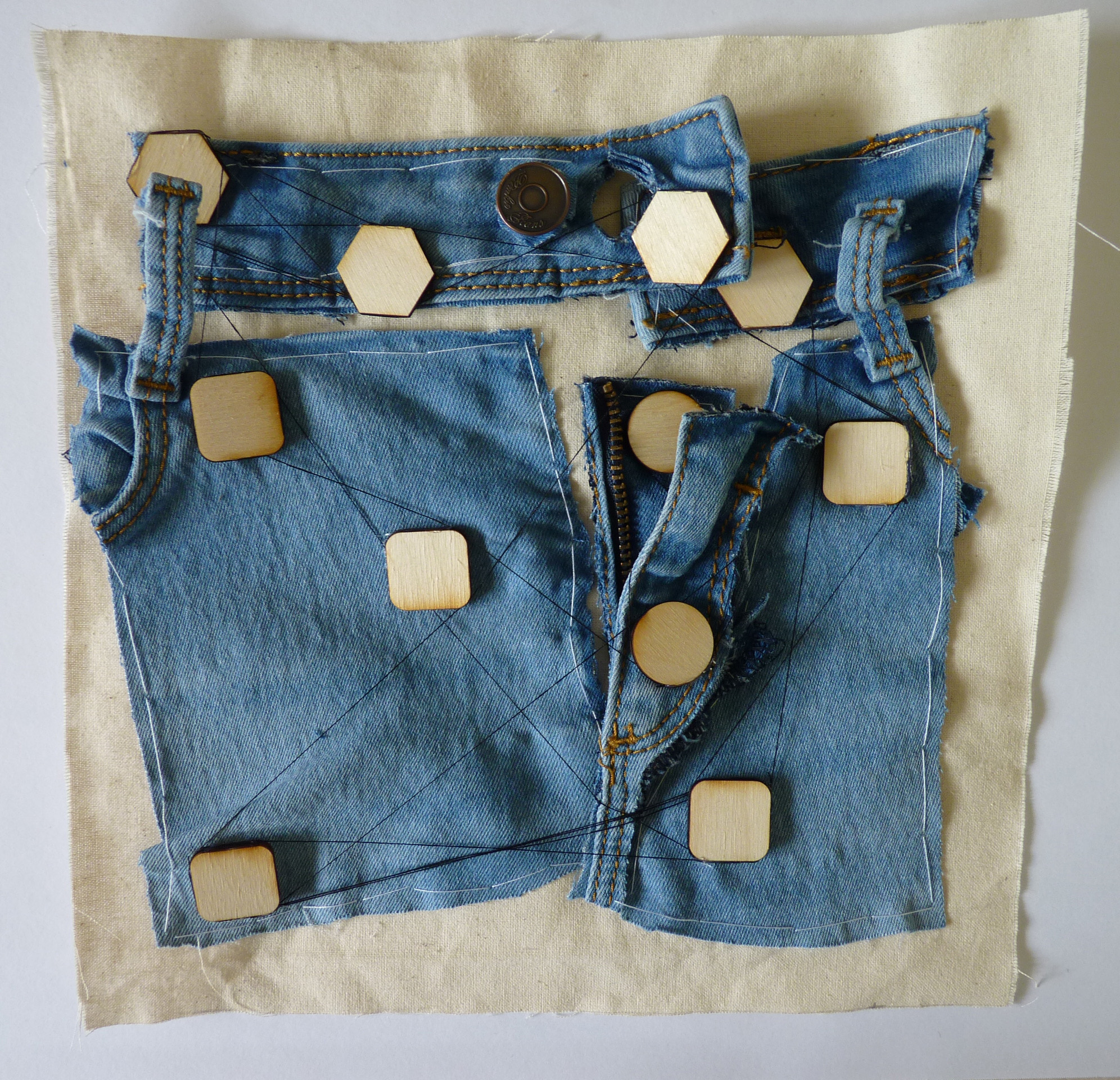Mending
Cultural Diversity // Practice 2
1# Hortus Botanicus, Leiden
The Hortus botanicus Leiden is the oldest existing botanical garden in the Netherlands and was founded in 1590 at Rapenburg in Leiden . The garden has been accessible to the public from the beginning, which was especially the case in the sixteenth and seventeenth centuries.
The garden cooperates with a large number of parties, such as other botanical gardens, herbaria, (natural history) museums, universities, government agencies and associations of (plant) enthusiasts at national and international level. The director of the hortus is also director of the National Herbarium Netherlands , with which there is close cooperation.
Location Rapenburg 73, Leiden
Established 1590
" During ma visite I observed the context, the differents elements in this botanic garden. The architecture, the silent, smells, colors, forms, and sometimes the songs of birds. It's a relaxing moment. Harmony with the place, space and me. "
" All along this trip I thought about Mending, what's the relation ? "
" I observed differents motifs, patterns, and for example How is made of leaf ? I looked the veines, differents networks..."
" It looks like pictures under the microscope, What can we see ? I imagine inside her full of things that lives. "
2# What is mending ?
Hannah Streefkerk: Mending nature
Yoko Ono's Mend Piece at the Rennie Museum
Taiwanese artist Lee Mingwei
Hannah Streefkerk: Mending nature
Narrative Artefact 1 by Michelle Taylor
New Old Chair by Tatiane Freitas
Metamorphosis by Keiko Sato
Translated Vase by Yeesookyung
Kintsugi by Tomomi Kamoshita
« I enter a building, I see the space, I perceive the atmosphere and, in a split second, I have the feeling of what is there. »
Quote from Peter Zumthor, «Atmospheres», Edition Birkhauser, 2008
3# Researchs
" During my reading, I found very interesting how texts combine Economic and Social aspects of design. For me It was better to read all the texts for more understand this practice and have a comprehensive view. "
" I highlighted several things like this relation between several spaces and several people. And how for example an object could be made in several places, how many elements create a unit = clothes = an objet... "
" What interests me is, how to put back the origins of these things ? For me it's important that people don't forget that behind jeans there are several people working on it. "
" This important for me to underline the history, differents spaces/time "
" Who are these people behind this design ? "
" What disciplines ? "
The production process !
Het Nieuwe Instituut: Architecture, Design and Digital culture
" Today, I visited this institut and the exhibition was very interesting for my research. Because the students explore small molecules not visible. "
" micro molecule "
NEUHAUS is a collective of human and non-human subjects
NEUHAUS is a spatial entity
NEUHAUS is a learning environment
NEUHAUS is an inclusive place
NEUHAUS is an environment that learns
NEUHAUS challenges perception, testing unexpected ways of accessing knowledge
NEUHAUS speaks non-verbal metaphors
NEUHAUS produces other knowledge in the age of reset
Aerobiome, Evelina Domnitch and Dmitry Gelfand X Neuhaus
My researchs
My researchs
My researchs
My story
" When I was young I didn't realize that behind all these objects or clothes there were people, people working on them. But now, I'm very interested in this concept of Memory in Architecture but also the Collective or Private Memory. What I would like to do in this project is to repair not an object or clothes but the social link."
Where does our clothes come from ?
Highlight the origin, pay tribute to the people who participate in this project.
How to highlight all disciplines ?
For example one object, it's made in several places, and one element in different places with differents person or machines.
" So for me it's important to emphasize the links, the relation between these people/spaces/places. And that the consumer can know it. Because for me the fabric has a history and the mending it's an action to want to repair. "
4# Project
My series about the same theme: Jeans. 3 different jeans (style and brand), I would like to underline the most important elements of each jean. After, I cut and I collect the pieces on my fabric (the same color for the background).
For my mending I create 4 different forms with the laser cut in wood. I imagine behind these forms there are different spaces and people. I put this form on my jean and for each jean there are 4 elements so I put for each element one form. After, I imagine different network because I would like that the viewer understand more the context of these jeans. To understand behind these jeans there are many people/spaces/times. Now we don’t see the jean just the process, the network. I’m very interesting about the bad conditions for people who make these jeans so I use my mending as a control sample.
I would like to underline the production and to pay tribute to the people who produce these jeans. My mending is figurative but I would like to repair this social dimension between buyer, clothes and producer. For me the fabric refers to a time of manufacture, a story and especially an intimacy.
During the workshop, I ‘m interested in the memory. Here, the memory of the process (space, people, and time) can be said collective but also the private memory when one buys this product. I would like to pay tribute to all those factors that created this product. I would like that with my project people no look aesthetics : the result but think of the network. The process of creating this product, a social weaving.


My process
Estelle Pierson
Theory